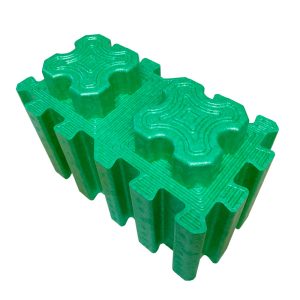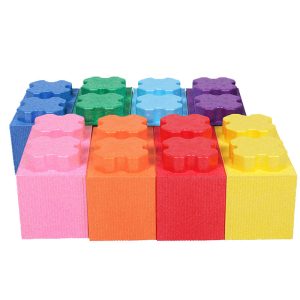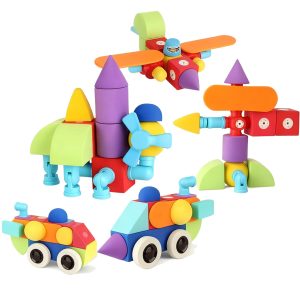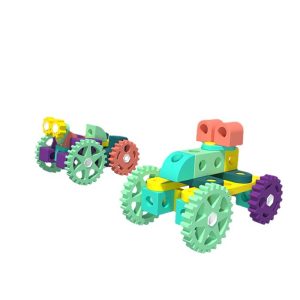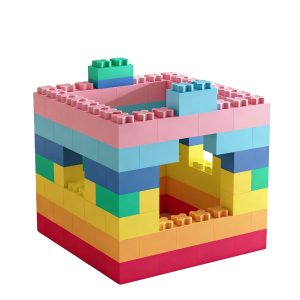STEM Blocks: An Educational Tool to Unlock Children’s Key Growth Abilities
1. Core Connotation of the STEM Concept
STEM is the acronym for Science, Technology, Engineering, and Mathematics. Proposed by the U.S. National Science Foundation in 1986, its core goal is to integrate multi-disciplinary educational resources and build an interdisciplinary education system.

2. Cognitive Enlightenment Value of STEM Blocks
The ages of 3-6 are a golden window period for children’s brain development. Through simple building actions, STEM blocks can activate the key areas in children’s brains responsible for creativity, logic, and spatial imagination, promoting the connection of neurons. In terms of math enlightenment, children can intuitively understand geometric features and quantitative relationships by classifying block shapes and sorting sizes. For scientific literacy training, by building models such as block towers and bridges, they can independently explore core scientific concepts like height and stability, load-bearing and structure, and master basic experimental methods.

3. Multi-Dimensional Cultivation of Thinking Abilities by STEM Blocks
(1) Cultivation of Logical Thinking
Building blocks requires following specific logic and rules. In the process of predicting, verifying, and adjusting building plans, children can systematically exercise their logical reasoning ability and form a rigorous thinking habit.
(2) Improvement of Spatial Thinking
Studies have shown that block games can help children grasp basic concepts such as shape, size, and direction, effectively enhancing visual-spatial cognition, fine motor skills, and hand-eye coordination, laying a solid foundation for subsequent learning.
(3) Formation of Systematic Thinking
When facing complex building tasks, children need to balance the coordination between parts and the whole, and the balance between function and aesthetics. This multi-dimensional thinking mode can gradually cultivate their systematic thinking, helping them solve complex problems in the future.
4. Core Cultivation of Creativity and Problem-Solving Abilities
In the AI era, creativity and problem-solving abilities are core competencies, and STEM blocks are excellent educational carriers for these abilities. By designing and optimizing building plans, children can learn to raise, analyze, and verify solutions. In the process of team collaboration in building, they can also improve their communication and cooperation skills. The repeated trial and error process not only stimulates imagination but also enables children to master basic engineering principles and form independent thinking and adaptability.
5. Age-Appropriate Educational Value for Different Age Groups
(1) 1-3 Years Old
Children at this stage explore the world through their five senses and their curiosity begins to germinate. Block guidance should focus on the surrounding environment and interest themes, focusing on exercising fine motor skills and hand-eye coordination.

(2) 3-6 Years Old (Preschool)
Suitable for theme sets with 30-100 pieces, with key protection against swallowing risks. Infants aged 1-3 are recommended to use large blocks to exercise grasping ability, while children aged 3-6 can use medium-sized blocks to develop basic building thinking.
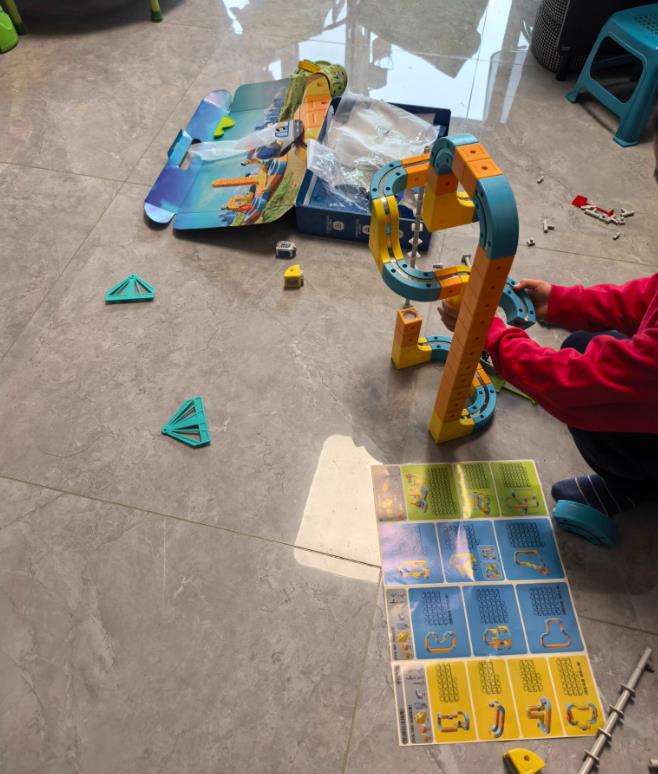
(3) 6-12 Years Old (School Age)
Blocks are designed to be more complex, focusing on improving spatial perception and logical thinking. The core goal is to stimulate scientific interest and cultivate basic scientific thinking and inquiry abilities.
(4) Adolescents Aged 13 and Above
They tend to explore STEM projects with practical applications and significant social impacts. Education focuses on the in-depth application of subject knowledge, strengthening the ability to solve practical problems across disciplines.

